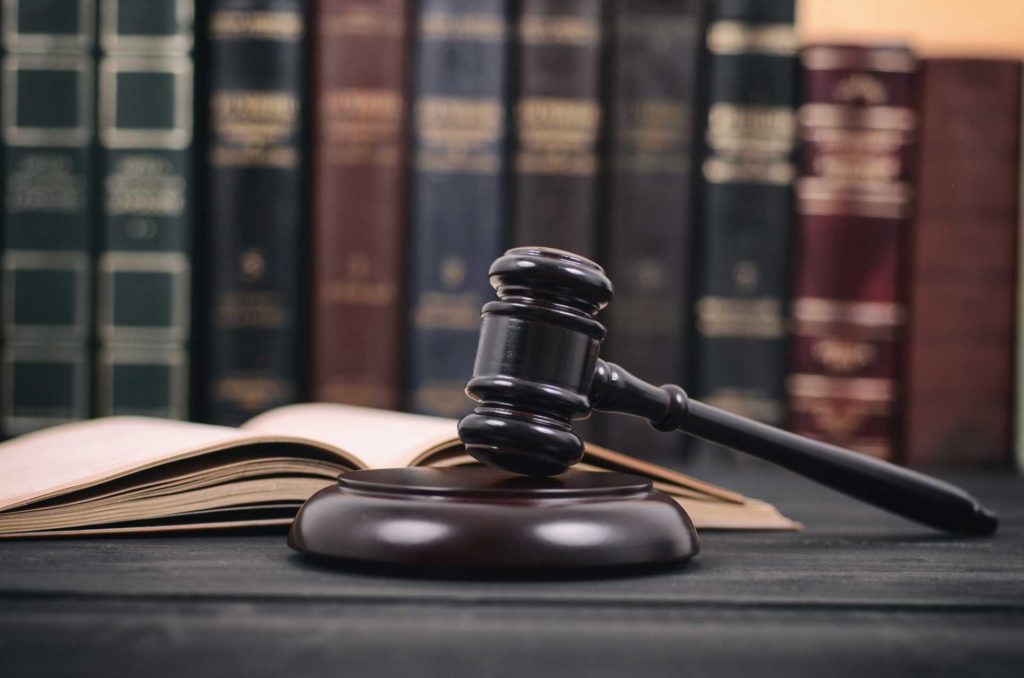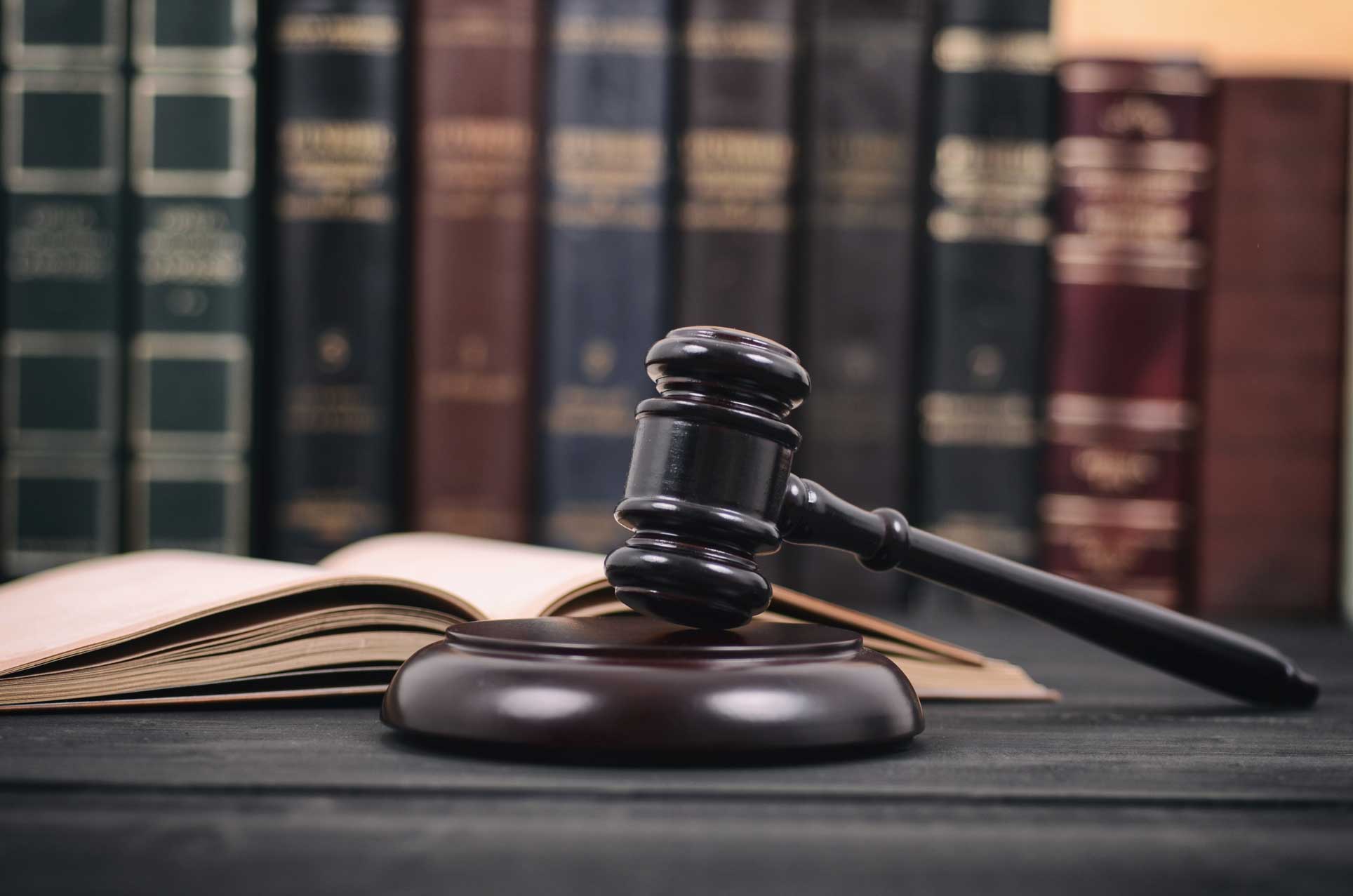Litigation 101

Litigation 101
Sarah and I devote our time, energy and practice to doing what is best for our clients and their cases. Sometimes this involves filing suit on their behalf if a just result cannot be obtained for them through pre-suit negotiations.
Prior to filing suit, we discuss the litigation process with our clients and obtain their approval to file. Oftentimes our clients have never been involved in the court system and, thus, have no idea what to expect.
Therefore, Sarah and I thought a basic explanation would be helpful to all our friends of the firm that have never been involved in a lawsuit.
We start the litigation process by filing a document called a Complaint. The Complaint is filed on behalf of our client, known as the Plaintiff. The Complaint is made against the person or corporation who caused injury or has denied coverage to our client, known as the Defendant.
Once a Complaint is filed, the Defendant has 20 days to file an Answer to that Complaint. In the Answer, the Defendant will allege all the defenses they believe they have to the Plaintiff’s allegations of negligence.
The next step in the litigation process is Discovery. Discovery is a time for both sides, Plaintiff and Defense to find out the facts in support of each party’s case presentation. Some tools used during Discovery to reach this factfinding objective are:
Interrogatories, which are written questions directed to each party asking for answers for a better understanding of the case.
Request to Produce, which is a document that requests copies of records that support the party’s allegations.
Deposition is a procedure in which a Witness is placed under oath by a Court Reporter, who then transcribes the Witness’ testimony in response to questions asked by the attorneys representing one of the parties to the case.
After Discovery is completed, then the case will proceed to Non-Binding Arbitration and/or Mediation. This is an opportunity for both sides to present their version of the case to each other in the presence of an independent Arbitrator or Mediator with the objective of trying to resolve all the disputes/issues in the case.
If the case does not resolve at this time, then it will be set for Trial. The case will then be litigated/tried before a jury and/or judge. This is an opportunity for both sides to present their Case/Evidence to a Judge, or a Judge and Jury for a final decision to be made on the case’s outcome.
This is a very quick overview of the litigation process, but hopefully sheds some light on how it works and what to expect.
If you should have any questions on this or any other legal matters, please feel free to contact us. Remember, we are always here for YOU!
Chuck and Sarah
